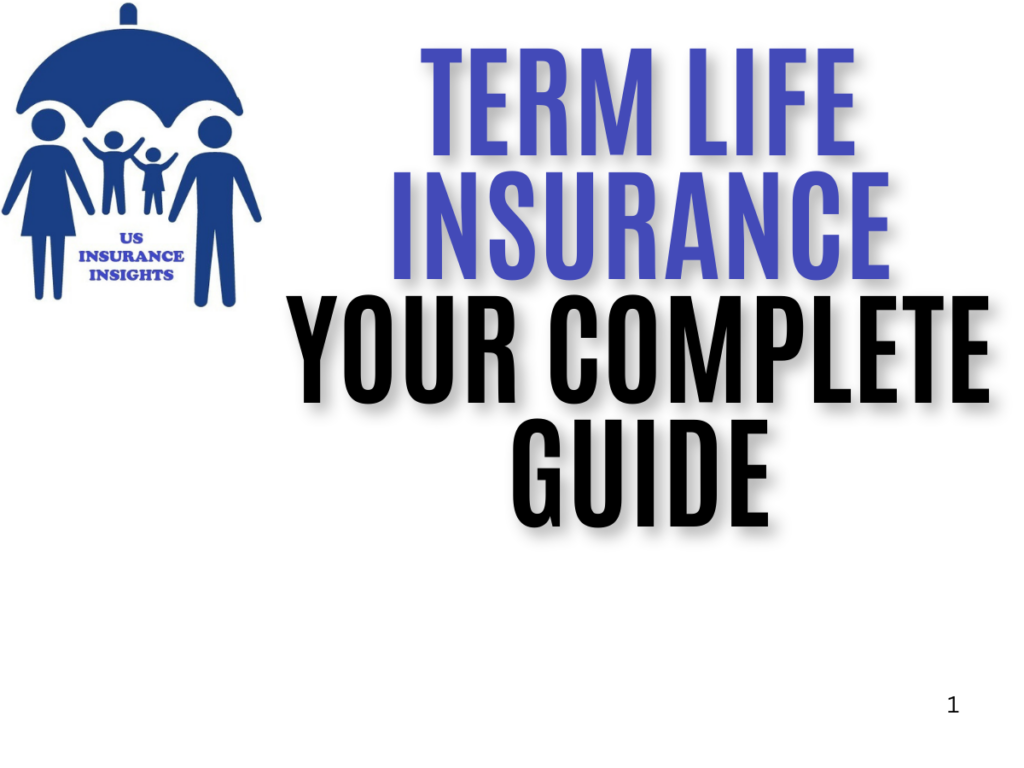The Real Value of Term Life Insurance When it comes to protecting your loved ones and securing their financial future, term life insurance often stands out as one of the most affordable and flexible solutions. But what exactly is the cost of term life insurance, and how can you determine what fits your needs? In this article, we’ll explore everything you need to know about term life insurance cost, breaking down the factors, providing actionable tips, and helping you make an informed decision.
What Is Term Life Insurance Cost?
The term life insurance cost refers to the premium you pay to maintain coverage under a term life insurance policy. Unlike whole life insurance, term life insurance provides coverage for a specific period, usually 10, 20, or 30 years. Its simplicity and affordability make it an excellent choice for individuals seeking financial protection for their families without breaking the bank.The Real Value of Term Life Insurance
Why Is Term Life Insurance So Affordable?
Compared to permanent life insurance, term life insurance is significantly less expensive. Here are the key reasons:
Limited Coverage Period: You’re only covered for a set term, not for your entire life.
No Cash Value: Unlike whole life insurance, term policies do not include an investment component.
Focused Protection: It’s designed to cover specific financial responsibilities, such as a mortgage or child’s education.
For instance, a healthy 30-year-old non-smoker might pay as little as $20 per month for a $500,000, 20-year term policy. That’s less than a cup of coffee per day! The Real Value of Term Life Insurance
Factors That Influence Term Life Insurance Cost
Understanding the factors that affect your premium can help you plan better. Here are the main contributors:
1. Age
The younger you are when purchasing a policy, the lower your premium. For example, someone in their 20s may pay significantly less than someone in their 40s.
2. Health
Your health plays a crucial role. Non-smokers, those with healthy BMI, and individuals without chronic conditions typically pay less.
3. Coverage Amount
The higher the death benefit, the higher the premium. Determine the amount based on your family’s financial needs, such as outstanding debts, future expenses, and daily living costs.
4. Policy Term
A 30-year term policy will cost more than a 10-year policy. However, the longer term provides greater peace of mind.
5. Gender
Statistically, women tend to pay lower premiums as they often have longer life expectancies than men.
6. Lifestyle
Factors like smoking, excessive drinking, or participating in high-risk activities (e.g., skydiving) can increase your premium.
7. Riders and Add-ons
Optional features, such as waiver of premium or accidental death benefits, can slightly increase your cost.
Real-Life Anecdote: The Power of Planning Ahead
When Sarah, a 32-year-old mother of two, bought her 20-year term life insurance policy, she paid just $25 a month for $750,000 in coverage. A few years later, her husband decided to apply for a similar policy but faced significantly higher premiums due to a recent health diagnosis. This highlights the importance of locking in a policy while you’re young and healthy. Waiting too long can cost you more than just money.
How to Calculate Your Term Life Insurance Needs
Follow these simple steps to estimate your coverage requirements:
Assess Your Financial Obligations:The Real Value of Term Life Insurance
Mortgage balance
The Real Value of Term Life Insurance
Future education costs for children
Determine Your Income Replacement:The Real Value of Term Life Insurance
Multiply your annual income by the number of years your family would need support.
Add Final Expenses: The Real Value of Term Life Insurance
Include costs for funeral and medical expenses, typically $10,000-$15,000.
Subtract Existing Assets:
Factor in savings, investments, and existing life insurance policies.
Tips to Save on Term Life Insurance Cost
Compare Quotes:
Use online tools to compare rates from multiple providers.
Improve Your Health:
A healthier lifestyle can lead to lower premiums.
Choose the Right Term:
Don’t over-insure. Pick a term that aligns with your financial obligations.
Buy Early:
Lock in lower premiums by purchasing a policy when you’re young.
Pay Annually:
Opt for annual payments instead of monthly to save on processing fees.
Common Questions About Term Life Insurance Cost
Is term life insurance worth it?
Absolutely! Term life insurance provides affordable peace of mind, ensuring your loved ones are financially secure if something happens to you.
Can I renew my policy after the term ends?
Yes, but the cost will likely increase significantly due to your age and any changes in health.
Are there hidden costs?
Most term life policies are straightforward. However, always read the fine print and ask your agent about fees or exclusions.
Choosing the Right Provider
Selecting the right insurance company is as important as choosing the policy. Look for a provider with:
High financial ratings (e.g., AM Best, Moody’s)
Positive customer reviews
Competitive rates
Clear and transparent policies
Don’t hesitate to consult an insurance advisor for personalized recommendations.
Final Thoughts
The cost of term life insurance is a small price to pay for the security and stability it offers your family. By understanding the factors that influence premiums and following the tips outlined here, you can find a policy that fits both your needs and budget. Remember, the best time to buy term life insurance is now—the younger and healthier you are, the better your rates.
Take charge of your financial future today and give your loved ones the gift of protection and peace of mind. The right term life insurance policy isn’t just a purchase—it’s an investment in your family’s well-being.

